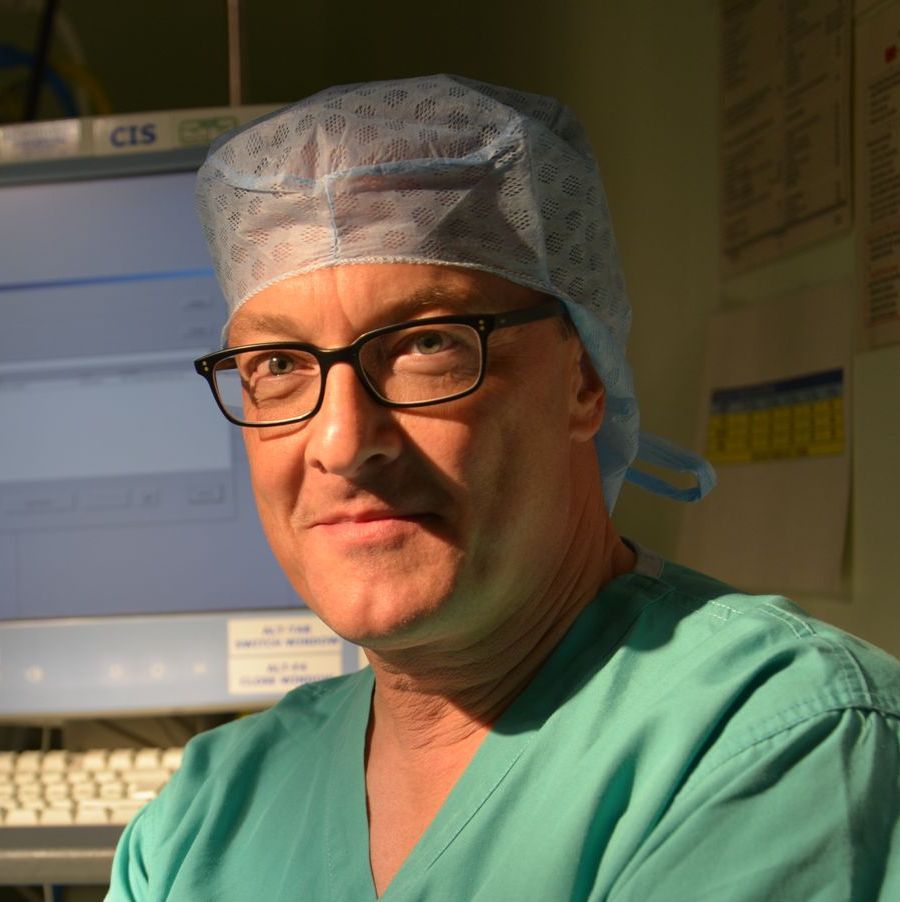The different models implemented in TCI:how it happend and who is responsible
Stefan Schraag
Saturday 10:30-11:00
Who safeguards PK models?
It is a tricky task for most to develop a pharmacokinetic model. It gets even more difficult to publish one without any typos. And then, once you have achieved that, what to do with it and how?
This is one of the questions surrounding the governance of pharmacokinetic and pharmacodynamic research and scientific output when it informs medical device development and, ultimately, patient care.
Since its inaugural incarnation in 1996, Target Controlled Infusion of propofol is such an example of a patient facing class 3 medical device supported by a pharmacokinetic model.
Without going through the details of regulatory approval and post-market surveillance as demanded by the new Medical Device Regulations in Europe, I will discuss a few key questions that have been coming up over the last 25 years on TCI, its devices and model implementations.
A great place to start is a read through the 2018 review publication from Dr Frank Engbers on anomalies in target controlled infusion (doi: 10.1111/anae.14212). This paper nicely sets the scene on some clinical and theoretical shortcomings in commercially available TCI devices. It also poses the question of who is ultimately responsible for providing this technology in the market.
In my view, there are three players in this, each of them have gradually adapted to the challenge (but not quite yet) to a satisfactory standard.
- The scientific community. There is a huge leap from communicating a Pk/Pd model in a scientific publication and the commercial offering of a TCI device for clinical practice. This was hardly recognised and followed by scientific communities and debated merely on scientific merit. With the exception of Diprifusor TCI and the drug label for Remifentanil, very little was done to close this gap. In particular, the validation process was lacking for most models. Only recently, with a rigorous series of validation studies, the Eleveld model for propofol and Remifentanil and the Hannivort model for Dexmedetomidine have delivered on that front.
- The medical device industry. In their early 2000s, in the wake of ‘Open TCI’, competition in the market was all that mattered. Availability of a wide choice of models was seen as a requirement to fight off competitors. Meanwhile though, more focus has been put on the implementation process of models and its robustness. A referenced publication to regulatory authorities of this part of the engineering process is now also required as well as post-market surveillance.
- The regulators. Combining drug and device in regulatory applications was historically seen as a stumbling block and not well covered by most regulators. For the FDA, this was part of the repeat rejections or even redactions of TCI applications in the past. In Europe, most manufacturers used to put their devices in the marked under the CE mark application with no overlap to elements of drug approval, mainly because the drugs were already approved and used within the legal prescribing information. We are now seeing a significant amount in new combined drug/device innovations in the market, facilitating an ever increasing demand of personalised medicine and home care, for examples in insulin management systems or delivering biosimilars in oncology. Many of these are now regulated no longer by a 510(k) or de-novo application with the FDA but via the so-called Biologic License Application (BLA). In Europe, also new Medical Device Regulation (MDR), were introduced recently. Regulation (EU) 2017/745 is a regulation of the European Union on the clinical investigation and sale of medical devices for human use. It repeals Directive 93/42/EEC (MDD), which concerns medical devices, and Directive 90/385/EEC, which concerns active implantable medical devices, on 26 May 2021.
All that will influence aspects of approval, regulation and post-market surveillance of medical devices. Overall, it is expected that (apart from a few simplifications), the overall process adds complexity and is getting more onerous. We will see how this leaves future iterations of TCI in terms of stringency in clinical application.
